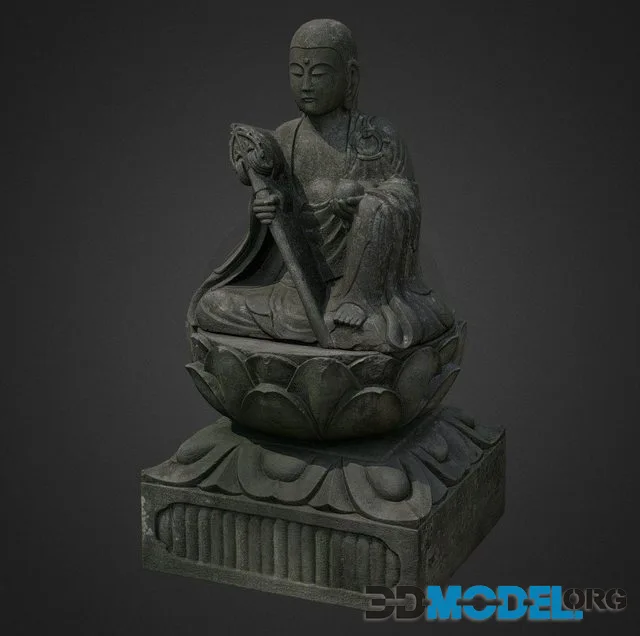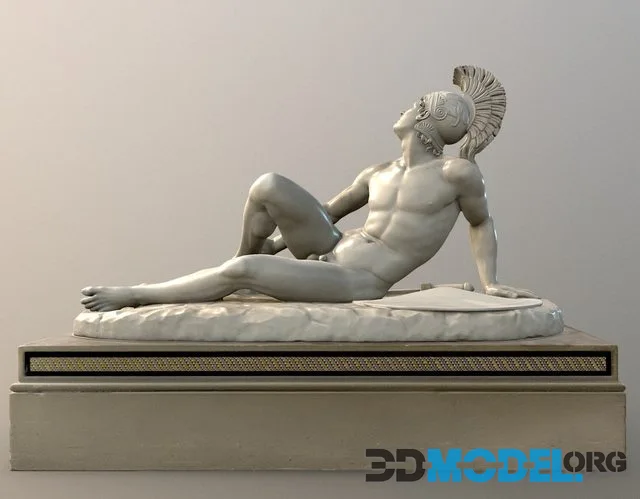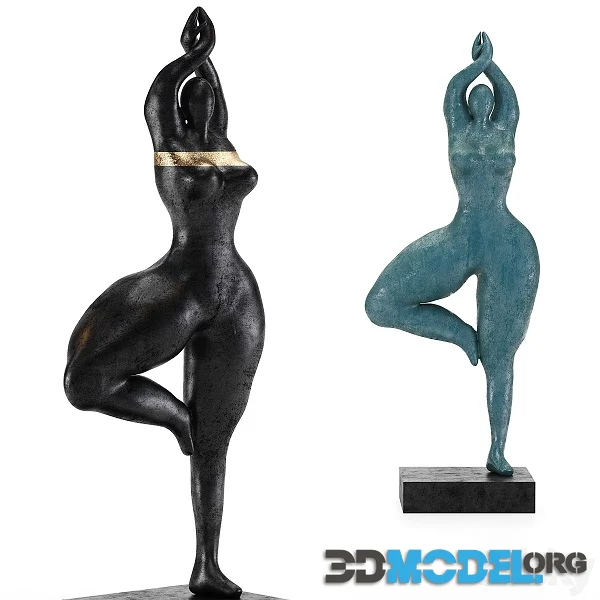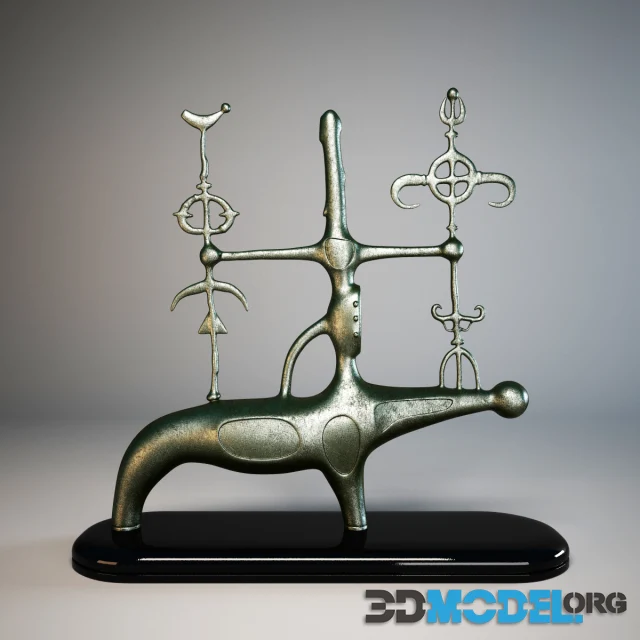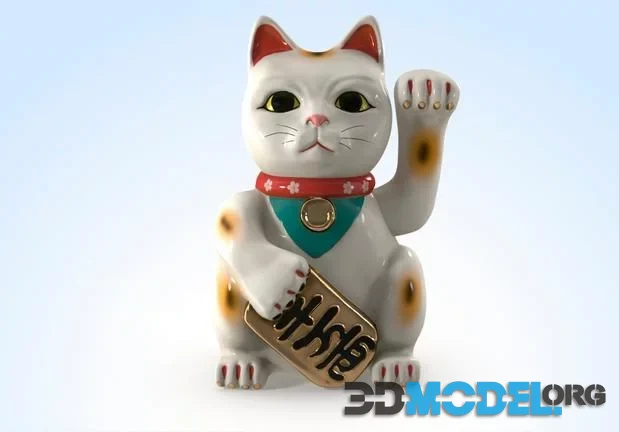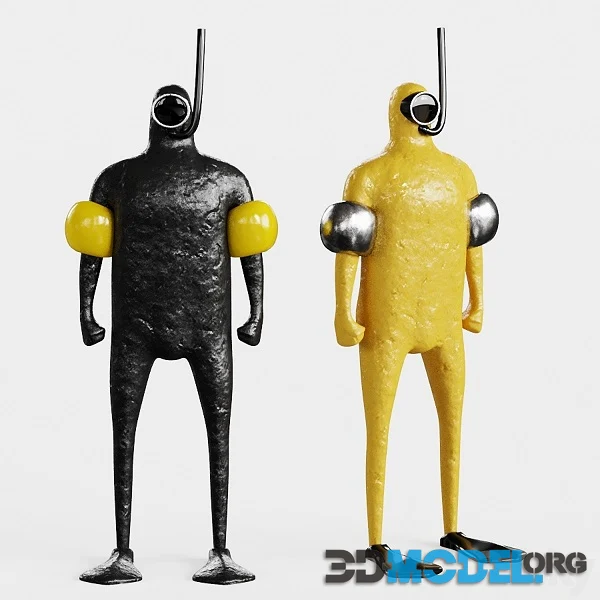Zennyo Ryuo And Kukai Ryusenji Dorogowa (PBR)
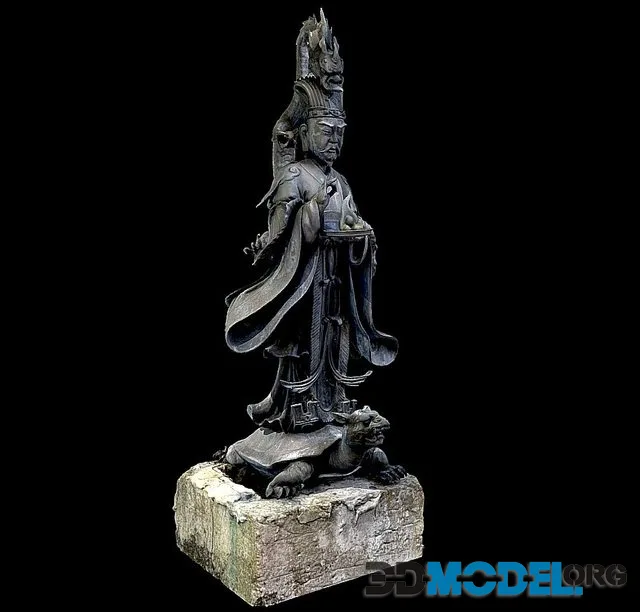
Zennyo Ryuo and Kukai Ryusenji Dorogowa are significant figures and mythological symbols in Japanese culture, representing both spiritual themes and artistic expression, often depicted in traditional art and sculpture.
Zennyo Ryuo
Zennyo Ryuo is a figure from Japanese mythology known as the Dragon King of the West. He is considered one of the dragons associated with water, often depicted as a benevolent guardian or deity who controls rain and water, essential for the fertility of the land and the well-being of people. Zennyo Ryuo’s image is frequently found in Shinto shrines and Buddhist temples, representing a divine being with immense power over the elements. His name can be translated as "The Dragon King of the Western Sea", and his role in mythology often relates to water-related rituals or prayers for good harvests and rainfall.
The figure of Zennyo Ryuo is often shown in a majestic pose, surrounded by water, emphasizing his control over the natural forces. The dragon is typically serpentine and powerful, coiling through the water or sky, symbolizing strength and protection. In some representations, he may appear in the company of a priest or deity, illustrating the connection between spiritual power and natural forces.
Kukai Ryusenji Dorogowa
Kukai, also known as Kōbō Daishi, was a famous Buddhist monk and the founder of the Shingon school of Buddhism. His influence in Japan is profound, and he is revered for his spiritual leadership and the establishment of Mount Kōya as a center for religious practice. Ryusenji refers to a temple or place associated with Buddhist teachings, often marking significant locations in the journey of enlightenment.
Dorogowa, likely derived from "Doro", meaning mud, and "Gowa", meaning a pathway or road, could symbolize a spiritual journey or pathway of enlightenment, often leading through difficult trials. The combination of Kukai Ryusenji Dorogowa evokes a powerful spiritual journey, one that navigates the challenges of life and the path to nirvana. Dorogowa could be a reference to a ritual path or symbolic journey, sometimes represented in art, indicating the struggles and challenges faced on the road to spiritual enlightenment.
The 3D models representing these mythological and spiritual figures would typically be designed with an emphasis on dynamic energy and symbolic representation. Zennyo Ryuo would be depicted as a majestic, serpentine dragon, with intricate scales, flowing water elements, and dynamic posture, symbolizing control over water and nature’s forces. The model could include fine textures that emulate the fluidity and power of the dragon, integrating mystical lighting or aura effects that enhance its spiritual presence.
For Kukai Ryusenji Dorogowa, the 3D representation would focus on conveying a serene and spiritual journey. A portrait of Kukai could be paired with symbolic elements, such as paths, temples, or Buddhist motifs, with calm, meditative expressions that reflect his deep spiritual insight. Detailed textures would highlight the sacred nature of the figures, with rich clothing and temple designs that evoke Japanese Buddhist artistry.
These models could serve as spiritual symbols, visual aids for cultural exploration, or as part of educational projects on Japanese mythology, Buddhism, and art history.
File type: OBJ
Ctrl
Enter
Noticed a misTake
Highlight text and press Ctrl+EnterRelated news:
Comments (0)

